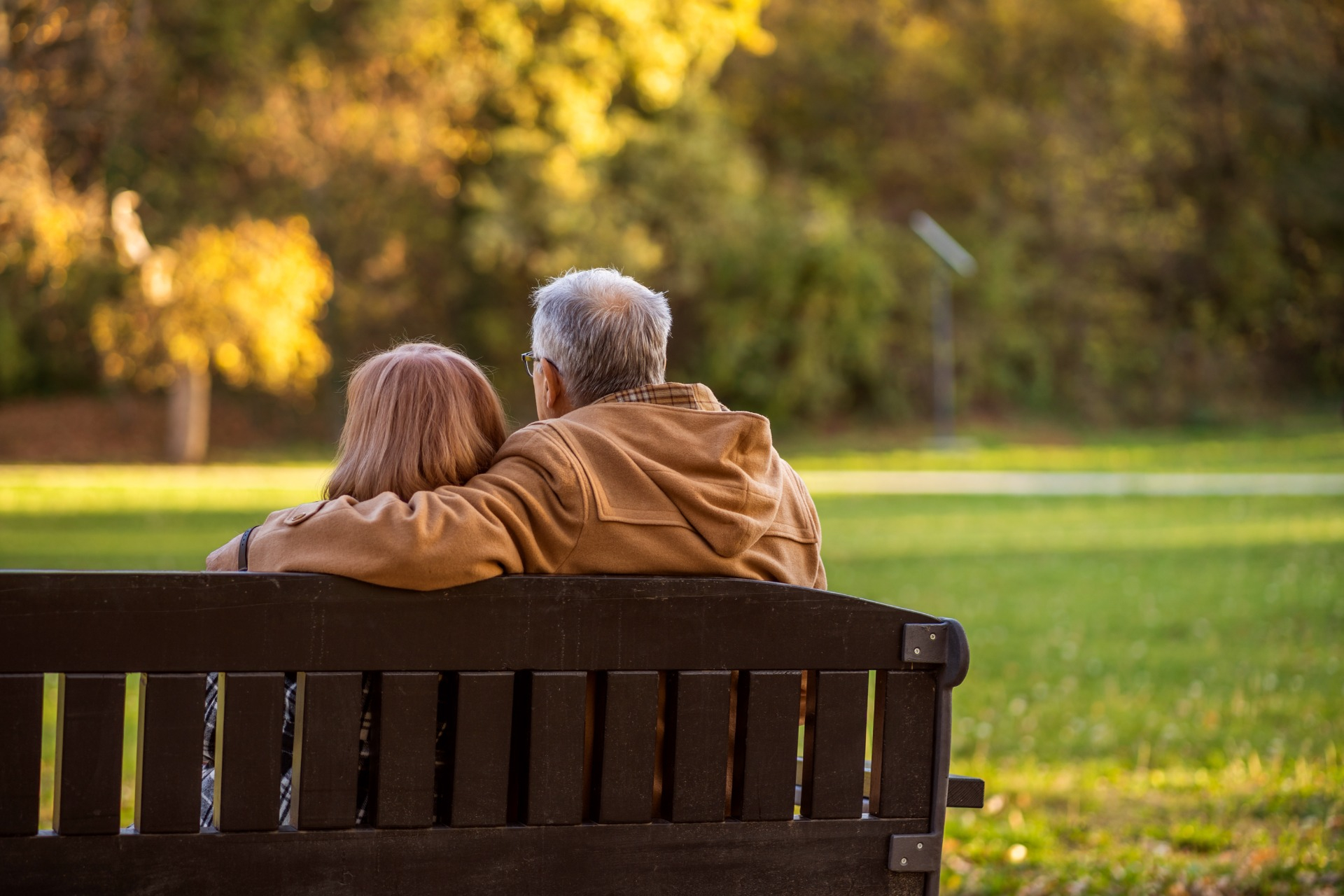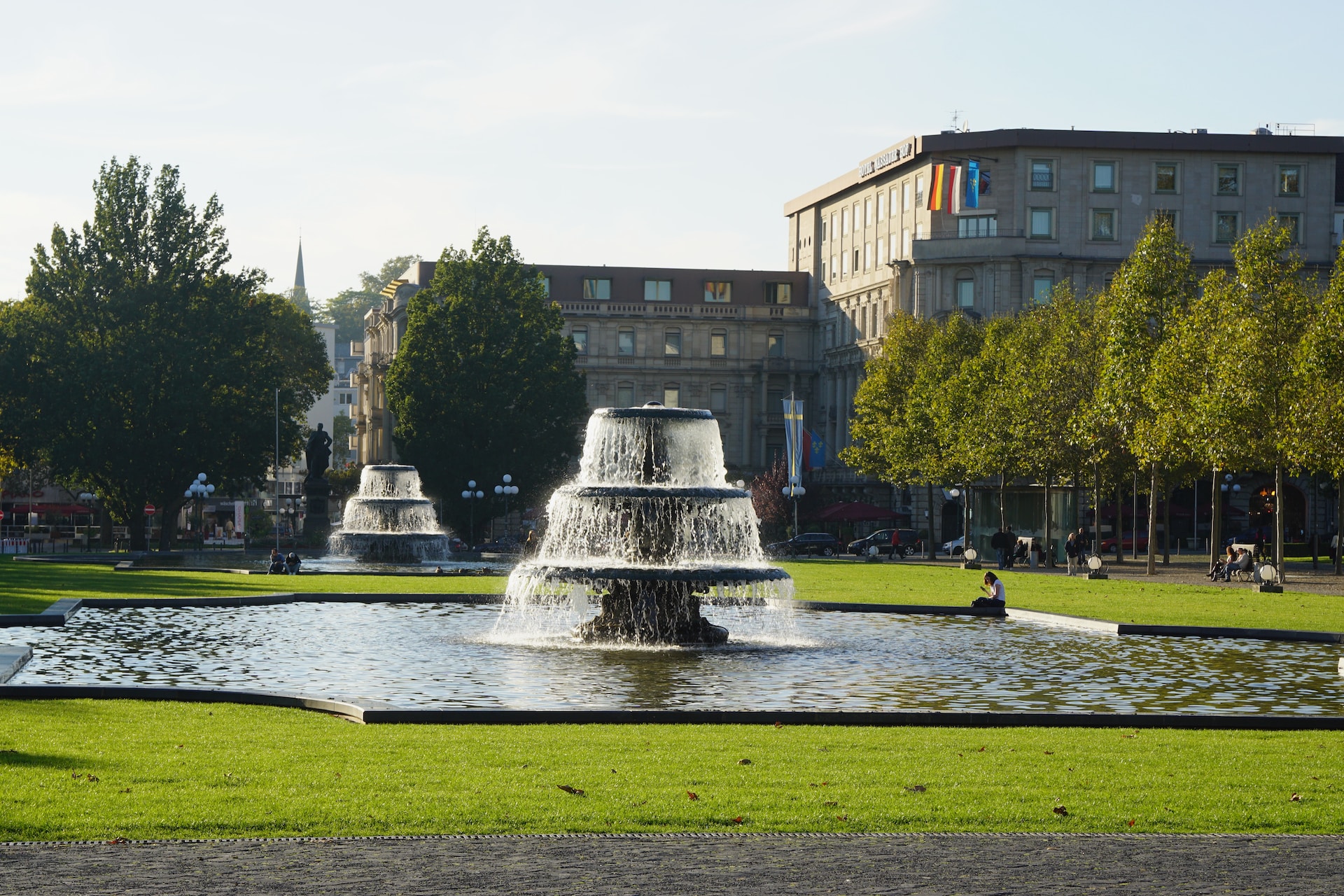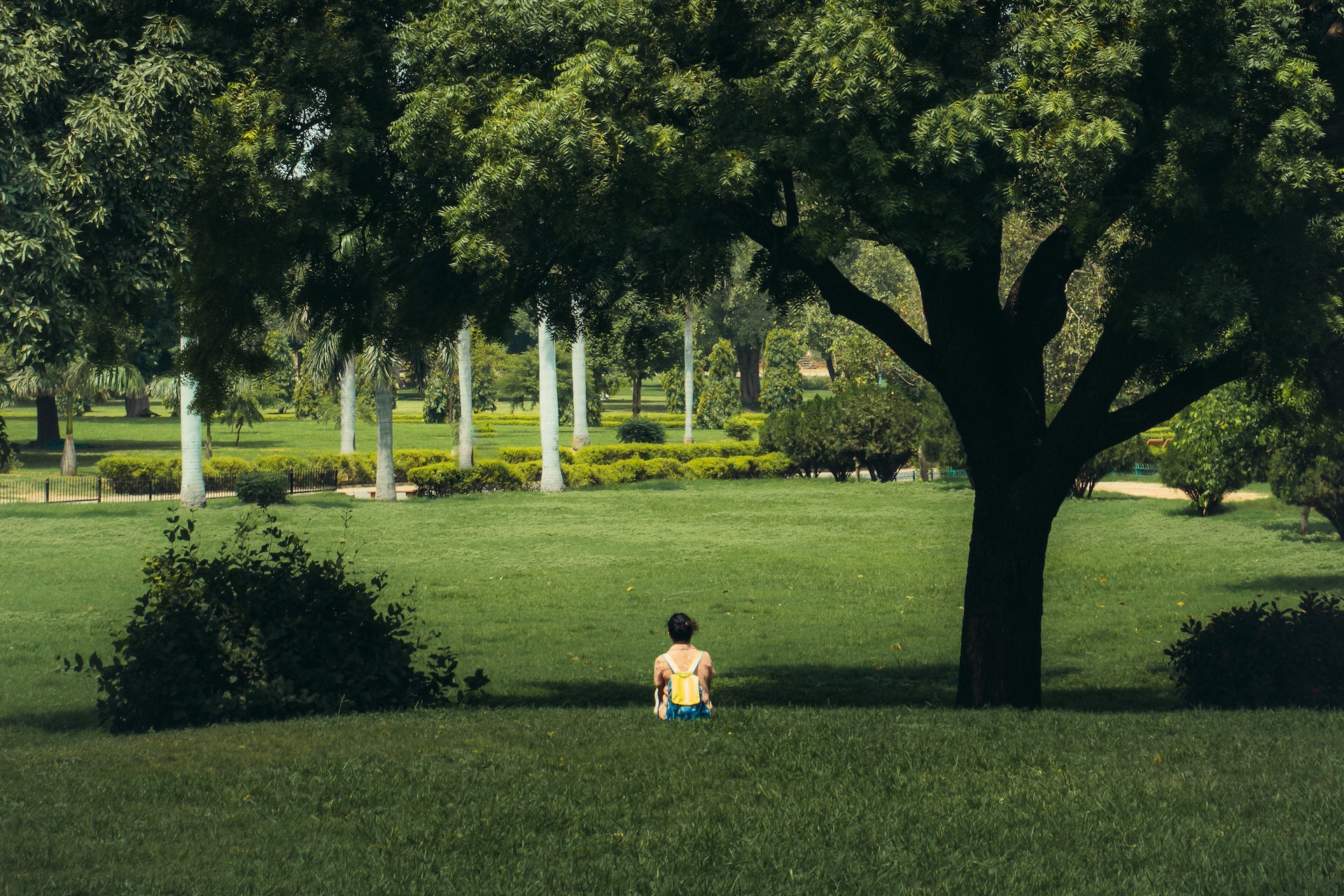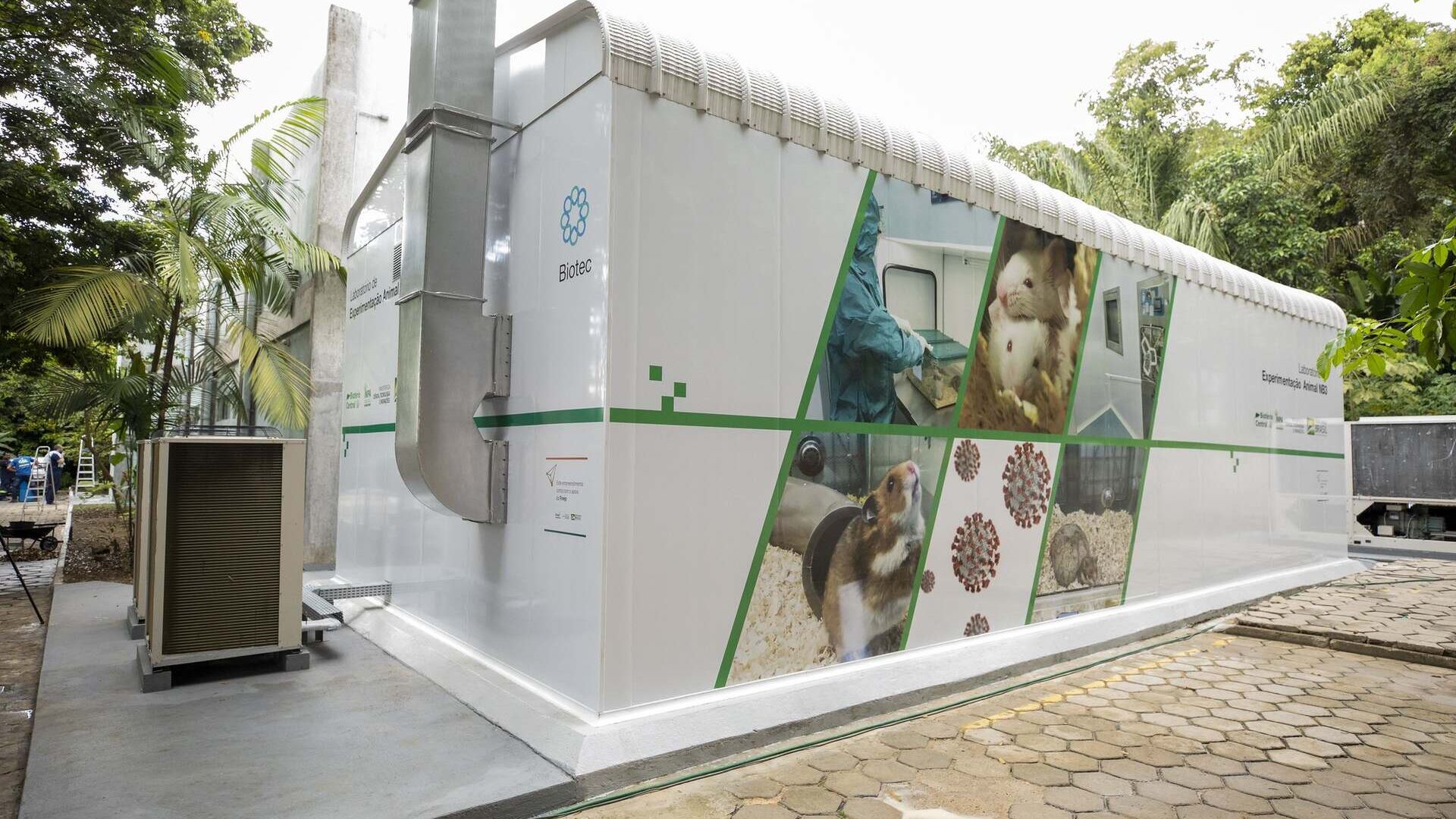Nature makes you… young! So green slows down aging
The surprising results of a study by Northwestern University in the USA: proximity to green spaces rejuvenates us by more than two years

At the end of June, news from Korea amazed the whole world, announcing that citizens had suddenly become two years younger due to a new age calculation system. The good news for non-Koreans is that filling up with nature could be enough to rejuvenate: this is what emerges from an American study published in the magazine "Science Advances”.
The presence of green spaces, especially in urban settings, has long been associated with a number of benefits, including better cardiovascular health and a reduction in stress. But now, the researchers of the Northwestern University have added a new benefit to the list: living near or frequenting green areas appears to have a positive effect on biological ageing. Let's find out how.
Thus Turin adapts its car parks to climate change
Swiss building materials for a cooler climate in the city

The study: contact with greenery can rejuvenate us by 30 months
Living near green spaces could be the key to healthier and "slowed" aging, according to the study conducted by university scientists based in Evanston and Chicago in the state of Illinois. Research has focused on how proximity to parks and plant-rich areas can influence the way our bodies age, leading to very interesting results.
The Northwestern University-The Feinberg School of Medicine report revealed that those who live in close proximity to a greater number of green spaces they seem to age biologically more slowly. On average, these people were biologically 2,5 years younger than those with less contact with nature-rich areas.
To reach these conclusions, the researchers examined the effect of long-term exposure (about 20 years) to urban green spaces on biological ageing. To assess this aging, they used a biomarker known as 'DNA methylation-based epigenetic age', which reflects chemical changes in DNA related to aging and age-related diseases.
"When we think about staying healthy as we age, we usually focus on things like eating right, exercising and getting enough sleep", he has declared Kyeezu Kim, lead author of the study. “However, our research shows that the environment we live in, especially our community and access to green spaces, is also important in staying healthy as we age".
Trees and plants instead of parking lots in the city: the study in Nature
A green and shared neighborhood: the innovative idea of Holland

More green spaces in the city: the winning formula for public health
The study sample included more than 900 people from four US cities: Birmingham, Ala, Chicago, Minneapolis and Oakland, California. These participants were part of a larger cohort study called Coronary Artery Risk Development in Young Adults (CARDIA).
To measure XNUMX-year exposure to green spaces, the scientists used satellite images to quantify the overall amount of vegetation (percentage green) and the presence of important parks near the participants' residences. The biological age of the participants was assessed through analysis of DNA methylation in blood.
Lifang Hou, head of the research group and the department of Cancer Epidemiology and Prevention at the Department of Preventive Medicine, underlined the importance of the results obtained. He stated that thenatural environment, like green spaces, can affect health at a molecular level and that these changes are detectable in the blood.
"IOur research group has extensively studied the molecular-level changes associated with various age-related health outcomes, including cardiovascular disease, cancer, cognition, and mortality. This particular study contributes to our understanding of how the natural environment affects these health outcomes,” Hou said.
The researchers emphasize the need to carefully consider observed differences in the benefits of green spaces based on race, gender, and socioeconomic status. But the study opens up new and interesting perspectives for the urban planning and could have significant implications for the public health and to reduce health inequalities.
More trees, fewer deaths from the heat: the decisive study in the "Lancet"
Immerse yourself in nature: the key to a long and healthy life

Thus urban sustainability improves the general quality of life
The US one is only the latest of the studies that have shed light on the many benefits associated with bringing more nature into urban and non-urban spaces. A recent Finnish research he underlined how frequenting public parks and gardens reduces the prescription and use of drugs for asthma, depression, anxiety, insomnia and high blood pressure.
Another study conducted in the Netherlands has highlighted how living less than a kilometer from a green area can offer one protection against various diseases, including cardiovascular, respiratory, digestive and muscle problems and improve the immune system by promoting the intake of vitamin D.
Finally, in the journal "Lancet", some researchers they suggested than to increase the 30 percent tree cover in cities it would help to lower the temperature by about half a degree and to reduce premature deaths due to heat by a third.
To the benefits on human health naturally those are added for the environment and for biodiversity. Today's cities need a significant effort to become more be sustainable e healthy: promoting sustainable mobility, increasing green spaces and adopting environmentally friendly solutions for infrastructure, such as recyclable and ecological flooring by Solid Earth.
The message is clear: nature is a precious ally to improve life our health, enrich theurban environment and promote a sustainable future. Investing in parks, green areas and ecological solutions is a winning choice for collective well-being and the future of our planet.
Biodiversity: even cities can promote and protect it
City tree, urban furniture that fights pollution
Introducing Northwestern University's new Potocsnak Longevity Institute

You may also be interested in:
In Brazil the first meeting in the world between biosafety and synchrotrons
In Campinas, a NB4 level maximum biological containment laboratory will be connected to the light sources of a particle accelerator
In Alto Adige today EDIH NOI is the new point of reference for AI
4,6 million euros from the PNRR fund will be allocated to Bolzano for services to local companies in the digitalisation of intelligence…
by Editorial staff Innovando.NewsEditorial staff of Innovando.News
Austria, Germany and Switzerland for "more innovative" cargo railways
DACH Ministers Leonore Gewessler, Volker Wissing and Albert Rösti: the introduction of Digital Automatic Pairing is a key element
by Editorial staff Innovando.NewsEditorial staff of Innovando.News
Persuasion or manipulation? Genesis and historical impact of PR
This is how Public Relations, from the sophistic dialogue of ancient Greece to the current digital era, continues to offer continuous innovation




